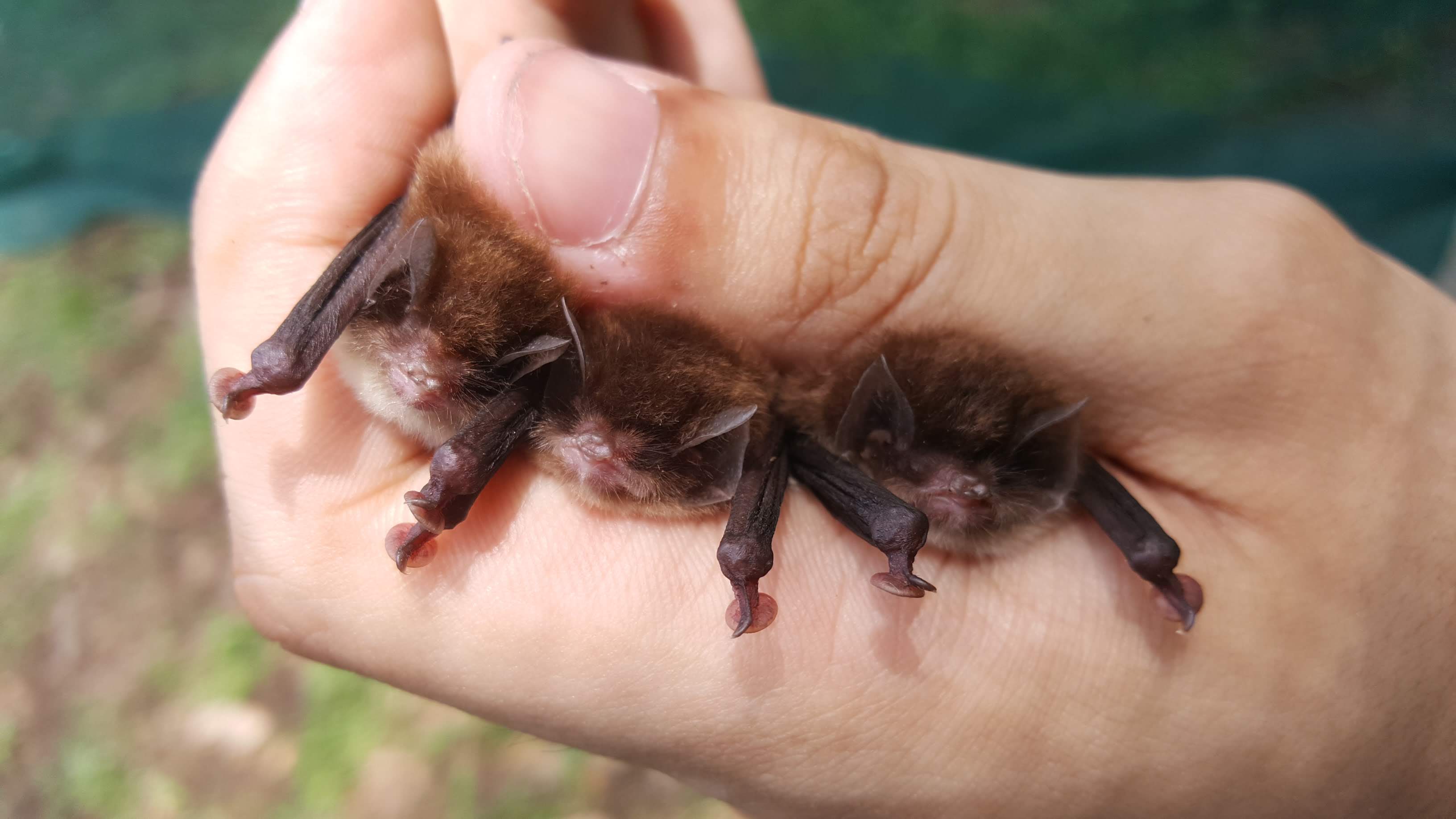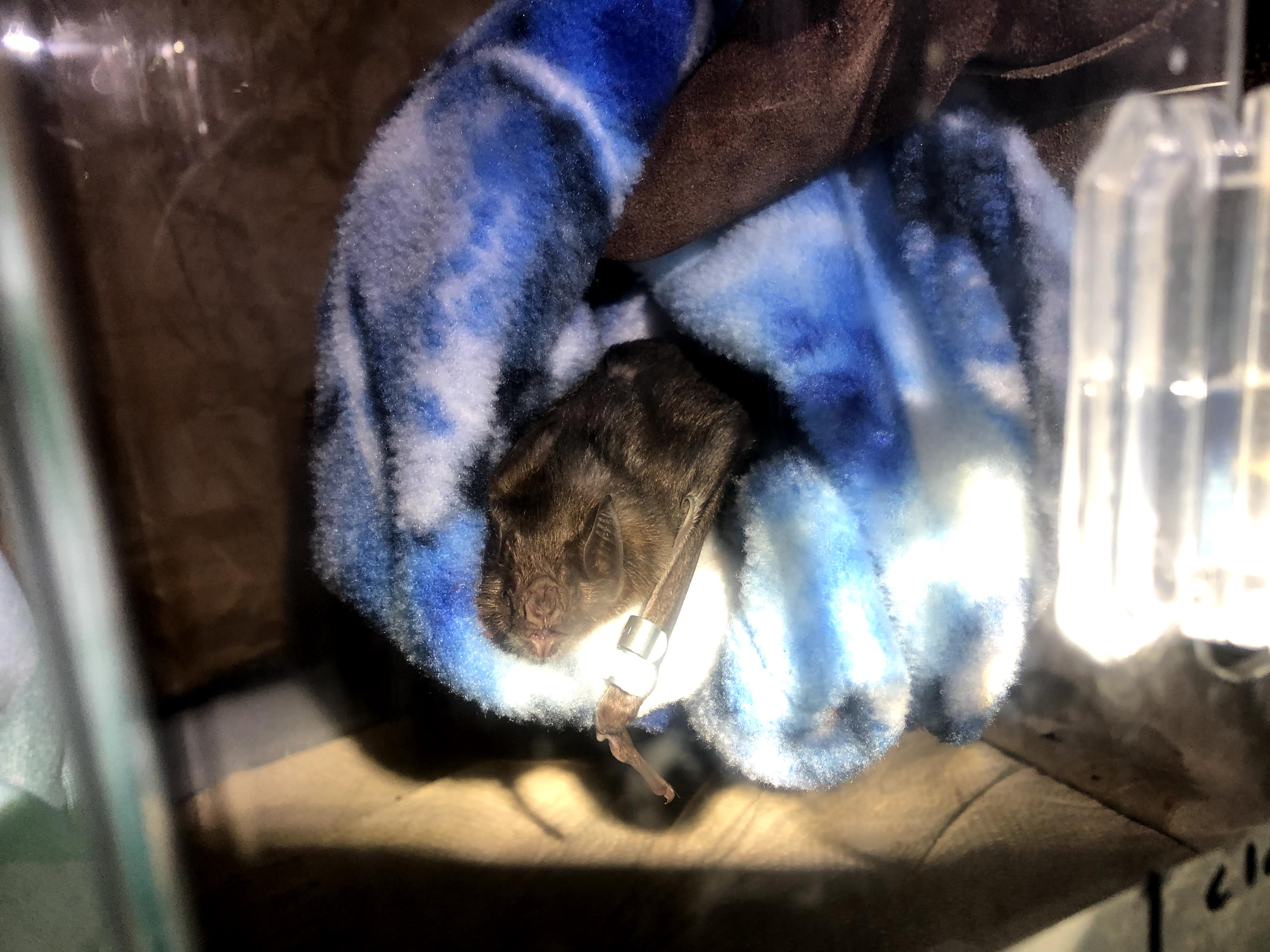My academic background
In 2014, I enrolled at the State University of New York at Oswego to begin my undergraduate degree in Zoology. For two years, I worked in the lab as a research assistant to Dr. Julien Bachelier, a botanist and evolutionary biologist. I was trained in mastering light, confocal, and scanning electron microscopy, and I used these methods in studying the embryology and morphology of several ancestral flowering plant species. Results from our investigation into the root structure of Austrobaileya scandens were presented at the 2015 Botany conference in Edmonton, Alberta, Canada, and we published our findings in the journal Plants.
By 2016, I was inspired to pursue more research opportunities with animals in the field. I reached out to Dr. Maria Sagot, my mammalogy professor, who allowed me to help with several field-based research projects. From these projects, I gained valuable experience in small mammal trapping and radio-telemetry. I was then invited to Costa Rica to help in a study on the contact-calling behavior of Spix’s disc-winged bat (Thyroptera tricolor). Each day, I caught wild bats in the forest then performed behavioral experiments in a flight cage. This field experience was transformative for me because it led me to develop a deep appreciation for tropical biology and bat social behavior. When I returned from the field, I used bioacoustics software to analyze acoustic measures from bat calls and determine how individual differences in calling rate are associated with the ability to locate new roosts. I presented a poster on this work at the 2016 North American Symposium on Bat Research and I co-authored a paper in the journal Animal Behaviour. Around this time, a friend and I also developed a study on the emergence of same-sex sexual behaviors in Drosophila melanogaster. For this project, we manipulated adult sex ratios in multiple populations and recorded same-sex sexual interactions and variation in courtship behavior. We published our results in Acta Ethologica.

Spix's Disc-winged bats.
Between 2016 and 2018 I completed my undergraduate honors thesis on the activity of North American beaver (Castor canadensis) and vertebrate species richness at littoral beaver lodges. To purchase field equipment, I received small competitive grants from the Rochester Academy of Science and Rice Creek Field Station. I used camera trapping, live-trapping and tagging of wild beavers, radio-telemetry, and satellite image repositories to collect my data. I analyzed these data using R, ENVI, LOAS, and ArcGIS. I then presented my work at a local outreach event hosted by the Rice Creek Associates as well as a university-wide research symposium, for which I received an award from Sigma Xi. My findings on vertebrates species richness at littoral beaver lodges were published in Journal of Fish and Wildlife Management.

A white-tailed deer and a great blue heron hanging out at a beaver dam.
As I neared graduation, I began to consider graduate school. After speaking with Dr. Gerry Carter, it was clear that my interests in tropical biology and bat social behavior aligned well with his ongoing work on the social relationships of vampire bats. Thus, I joined Gerry to begin my doctoral degree in Evolution, Ecology and Organismal Biology at The Ohio State University. I’m currently attempting to quantify individual variation in cooperativeness among female vampire bats and determine how this variation and other factors shape the development and regulation of cooperative social bonds in this species. Vampire bats are fitting for this line of research because they form stable social relationships distinguished by co-roosting, allogrooming, and costly food-sharing interactions. Most importantly, these social relationships can be created and manipulated between the lab and the field.
To aid in the early stages of this research, I was awarded a one-year fellowship by my university. While reviewing the literature and taking courses, I also co-authored a review book chapter on reciprocal altruism and another chapter on vampire bat diet. To fund my first field season, I obtained a Student Research Grant from the Animal Behavior Society and a Short-Term Fellowship from the Smithsonian Tropical Research Institute (STRI) in Panama.
During my first field season, I studied how vampire bats form new relationships by introducing 7 female vampire bats from each of three distant sites in Panama. I fasted individuals to induce food-sharing and I recorded these interactions with a system of infrared surveillance cameras. To test whether forced association creates new relationships, I temporarily divided the colony into 7 groups with 3 unfamiliar bats in each group. I then measured their rates of relationship development from before and after this manipulation phase. To collect behavioral data, I was scoring video footage with help from a team of 6 assistants. I also trained this team to help with experiments and daily animal care.

One of my favorite bats from the 2019 field season, Winona.
When I returned from the field, I presented some of my preliminary findings at the 2019 North American Symposium on Bat Research. Since then, I’ve scored hundreds of hours of footage and accumulated an incredibly huge dataset of social interactions (25000 observations!). I’ve also gotten two more grants: one from the American Society of Mammalogists and one from the Center for Latin American Studies here at OSU. Anyway, I’ve cleaned my data, so now it’s time to start analyzing…